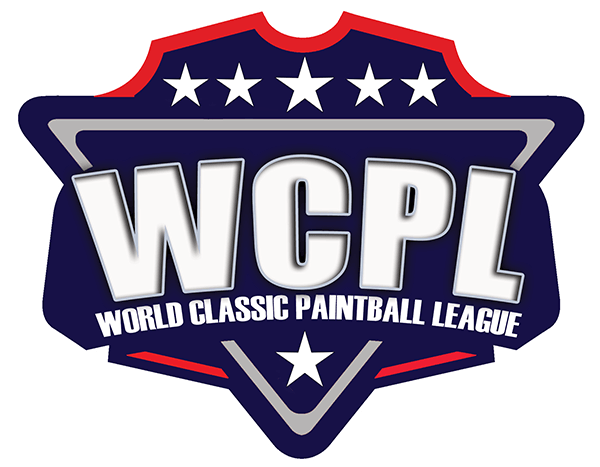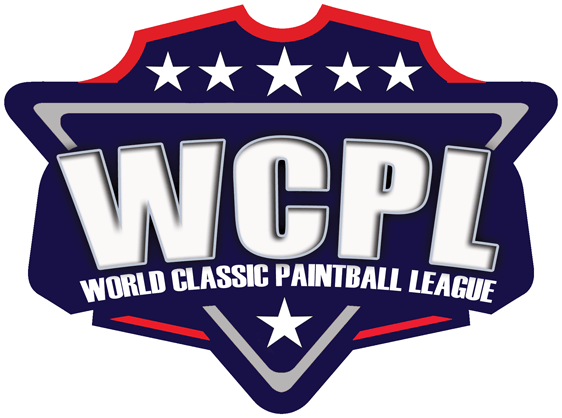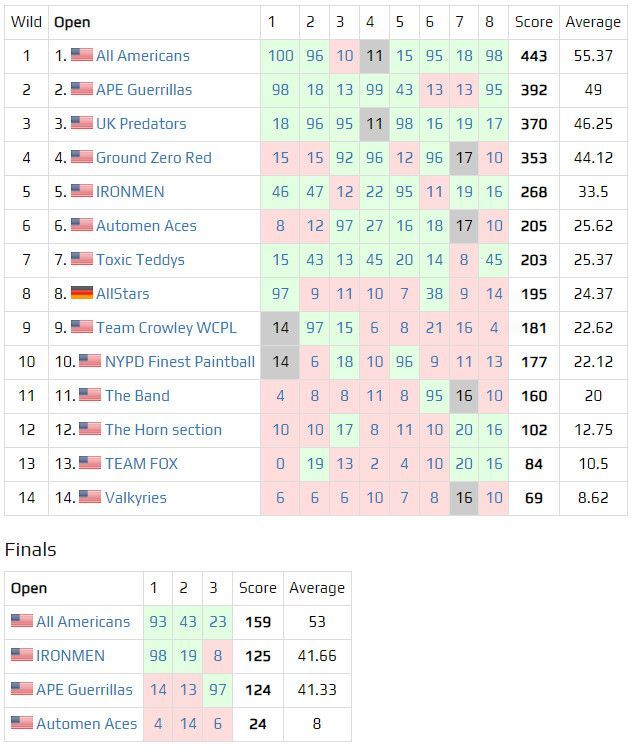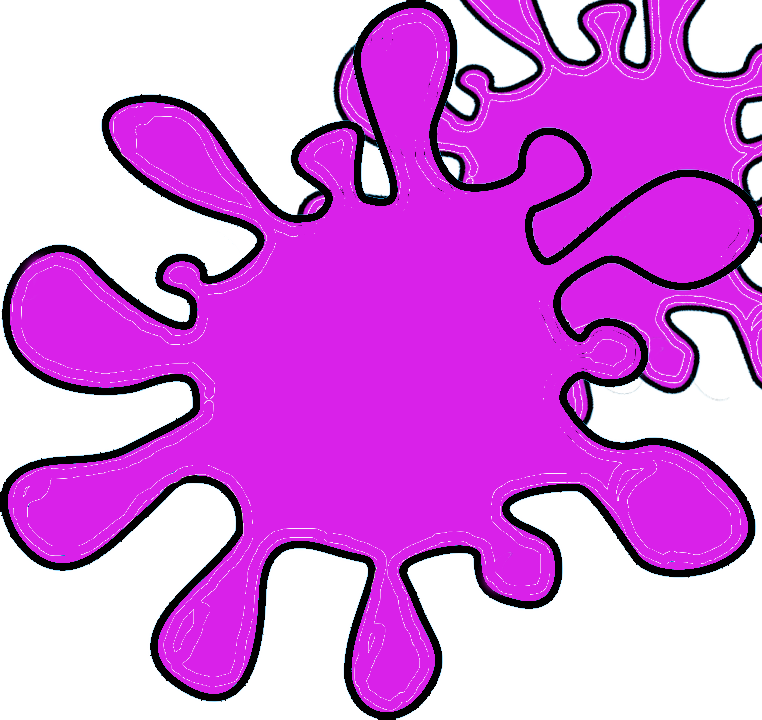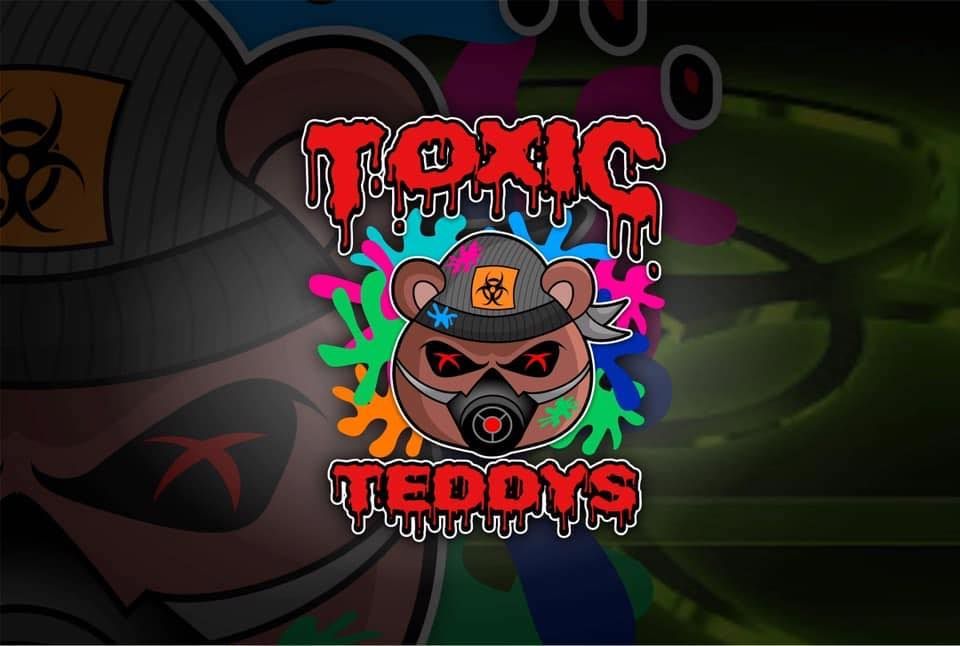Choose Your Events for the RIGHT Reasons

Tournament History 101.
The very first tournament, according to official history, was the National Survival Games' 1983 National Championship. By definition, it was a tournament that only regionally qualifying teams could attend, and, in 1983, there weren't all that many regions.
It wasn't until the late 80s and early 90s that national level tournaments began attracting larger numbers of teams and hoped for attendance by forty teams.
Yes. That's right. "Maybe forty teams" was an aspirational goal.
Most regional events of those days considered themselves doing well if they broke into double digits. One event I personally ran - the very first tournament to be held in NJ - had six teams attending, and we all, promoters, players and teams, considered it a success.
In 1989 when I began tracking tournament data nationwide, I had two goals in mind. I wanted teams to be able to have a central location they could find their and other team's performance data for their betterment, and I wanted to be able to make data-backed suggestions to the events themselves in order to help improve the tournament experience for everyone. For example: teams really wanted a fair distribution of fields and stations at events. Anyone could see that it was inherently unfair for one team to draw the same field and the same station every game, when their opponent's had never played a single game on that field, let alone that station. With game performance data, I'd be able to show game results to back things up.
At the time, there weren't more than maybe thirty teams from across the US and Canada that regularly attended most national level events held during a year (and there weren't that many of those either, maybe six, and perhaps as many more large regional events). An event that managed to get most of those teams to attend was considered a success. Attendance was something like 24 teams, hoping for forty.
When I put together the meeting that formed the NPPL in 1992 (a direct consequence of that statistics gathering), I had a list of 28 "travelling" teams, those we all considered the "professional" teams in the game. We ended up with, I believe, 22 of them attending the meeting, along with a handful of high-profile amateur teams.
The general idea behind creating the NPPL was that acting together, those 22 teams had enough leverage to begin to make themselves heard at events. They all agreed that they wanted a certain minimum number of games during preliminary play, they wanted a minimum number of referees on a field, they wanted some balance to their preliminary round draws; they didn't want to play a majority of preliminary games against other teams from their own backyards, they wanted balanced field distribution; a standard rulebook, sensible equipment rules and some kind of a break on paint prices.
A handful of teams getting together and asking for sensible improvements created virtually everything you see at national/large events these days. It didn't take hundreds. Just a handful. (A handful of players, back in 1992, brought Bring Your Own Paint to national tournament play. Think about what your team budgets would look like if you were still paying Event Paint Only prices of - no exaggeration - something like $150 bucks per case.)
This is one reason why these days, when I see people discussing their attendance at various events and emphasizing how many teams will be attending, I get a little concerned and a little miffed, because I know from personal experience that using the number of teams attending as a measure of the "success" of an event is like trying to use a yardstick to measure the output pressure of your HPA tank. You're using the wrong metrics.
If 22 teams can change the entire industry, why can't an event be successful when "only" a handful of teams attend? National tournaments are BUILT on a history of events with fewer than 40 teams attending.
Instead of looking at raw numbers, how about taking a look at the quality of the event being offered, and the kind of experience you and your team are going to have? (And, I hasten to add, evaluating an event based on attendance numbers before the event even happens tells you nothing about how well it was run or the kind of experience you are going to have.)
A few other points to consider:
The law of supply and demand
Lets suppose, just for argument's sake, that a tournament promoter and their staff has 100 minutes of their event time to devote to handling team-related issues - everything from needing to have the basics explained to them to rules issues, calls on the field, needing to call a tow truck.
Lets also suppose that this staff wants to treat all of their customers equally.
At an event with, say, twelve teams, this fair and balanced promoter can devote eight minutes and twenty seconds to each of those team's "issues".
At an event with twenty-four teams, that time drops to 4 minutes and just under 10 seconds.
It's like having to return something at WalMart: Your experience is going to be directly related to how long that line you are standing on is.
Now, of course, with larger numbers, good promoters add more staff (which should help you differentiate paintball tournaments from WalMart. WalMart NEVER adds staff). And increase their own expenses. Which ultimately leads to an increase in team costs. But we're not discussing how good promoters manage their events. We're talking about the fact that the more teams there are attending an event, the less individual attention each can expect to receive. It's common sense, a regular aspect of our lives in this society. When you go to a concert at a stadium with thousands of other people, you do not expect the band to ask you what songs they should play. (You want to do that, you hire the band.)
The point is, smaller events can deliver a level of service different from larger events. Not better, not worse.
Different.
* * *
I've been told that it is not uncommon for teams attending events to travel all the way to the event, only to be scheduled for a total of two games on each of two days of the event (more if they advance). Pay for airline tickets, hotel rooms, meals in restaurants, pay a several thousand dollar entry fee for half an hour of combined game time spread over two days? (Not to mention the expense of prepping for that event.)
If that had been proposed for how the NPPL should schedule their events at that first NPPL meeting (Chicago, 1992), I can GUARANTEE you that there would have been a chorus of team captains shouting (spoiler, unsafe for work)
"Are you fucking nuts?" and the proposal would have been laughed right out of the room. We were trying to find ways to shove MORE game time onto the schedule for each team, not less. Maybe society has dramatically changed since then, but there was a time when we understood that time on the field against good opponents was the only way your team could improve its own performance. But I don't know. What I do know is that 16 minutes of play time is not an hour and a half of game time.
* * *
Someone just reminded me that there was once an $80,000.00 prize package (and I mean CA$H) handed out at a national - level championship event that was attended by 16 teams.
In case your jaundiced paintball brain has been impaired by the past several years of tournament attendance numbers, that is an actual number that follows fifteen and somewhat precedes twenty. You could count to that number using your hands - IF you had three hands and an extra thumb sticking out of your forehead (I mean, we
are talking about paintballers here, after all).
Sixteen teams. Eighty thousand dollars in cash prizes. They could have given the teams five thousand bucks back - each!.
I was at that event. Like any other tournament, there were some issues - game schedule changes, the belief that some opponents weren't playing on the up-and-up, paint quality...the usual stuff you deal with at every event.
I also remember it as having some really hard-fought, interesting, nay, unbelievable games, a lot of inter-team hijinks between and after games, some memorable friendships being made and leaving there with the knowledge that ONLY 16 teams (maybe 300 players) in the entire world could say they'd been there. (Talk about "elite".)
***
I'll be expanding on this thoughts in future posts. The main point I really want to convey here is - think about what you're doing when you attend events. Think about what you are actually getting for your dollars. If the events you are currently attending are giving you what you want and need as a team - great! Have at it and more power to ya!
